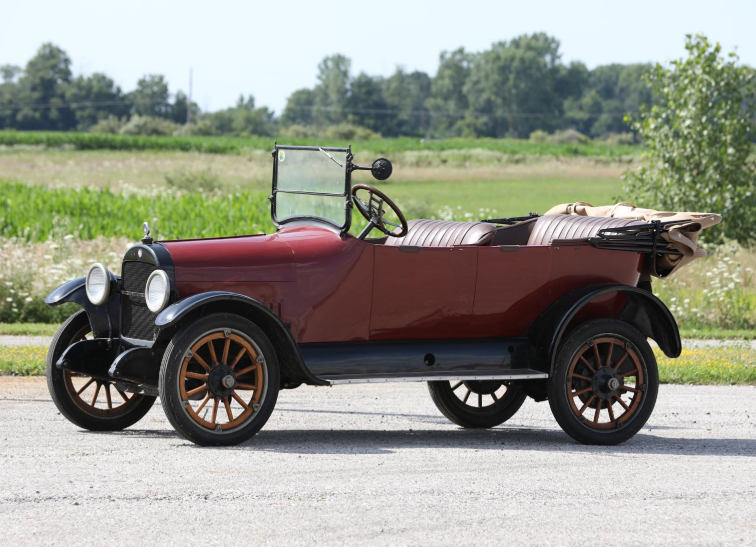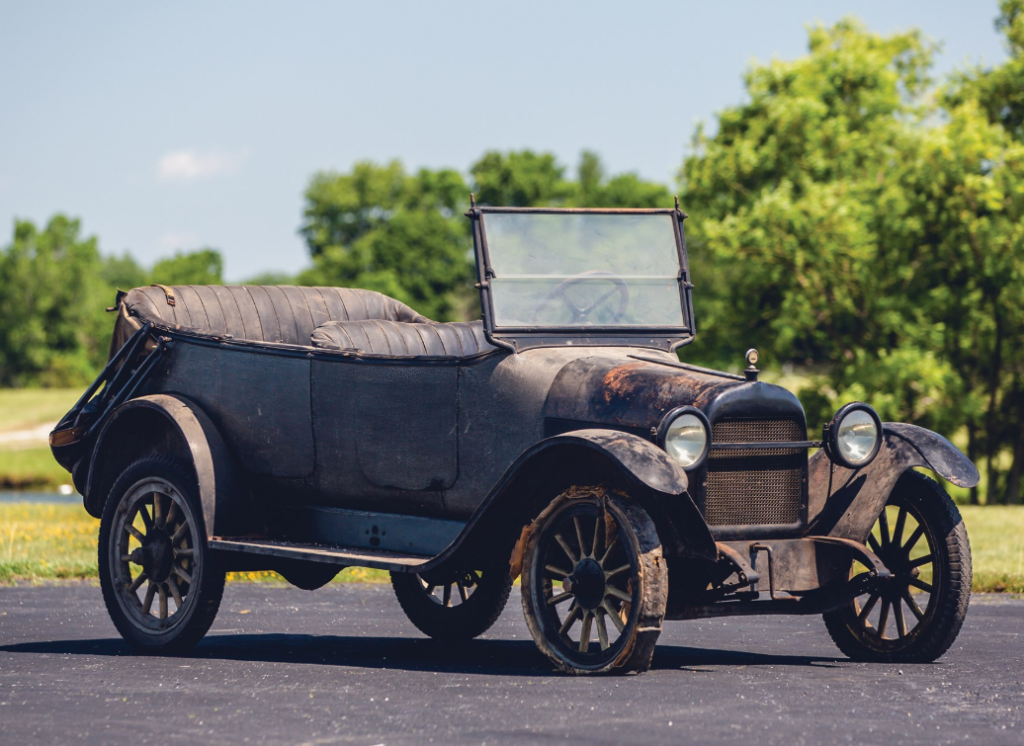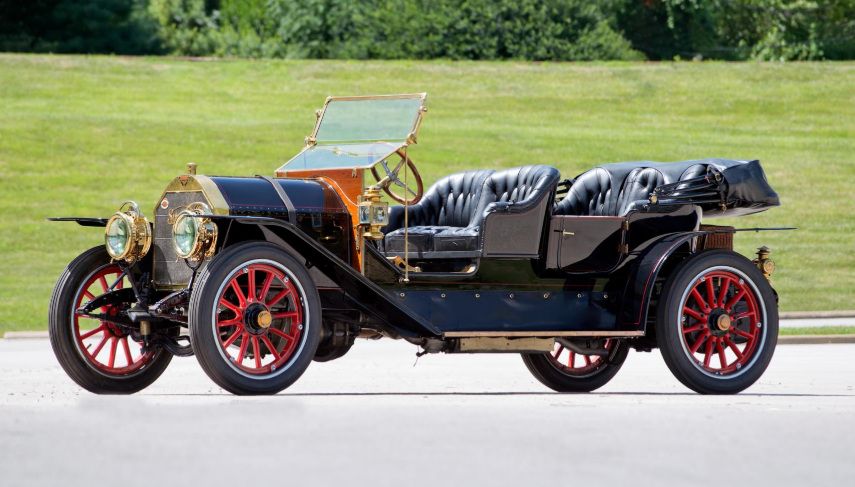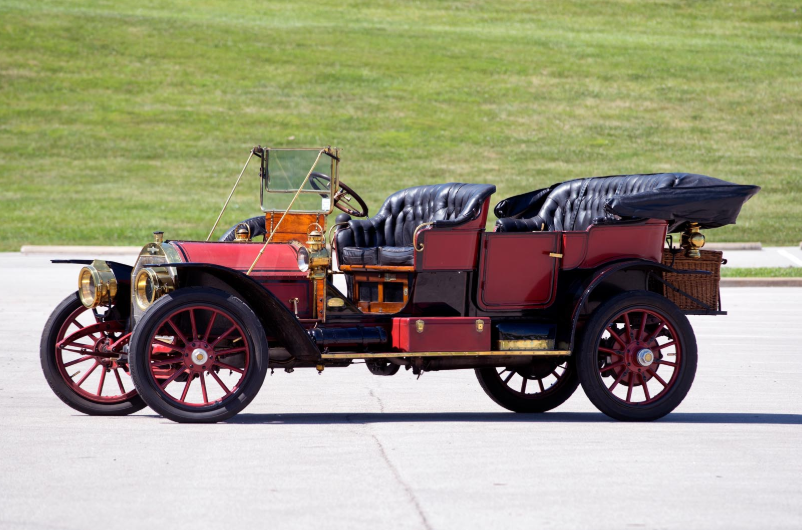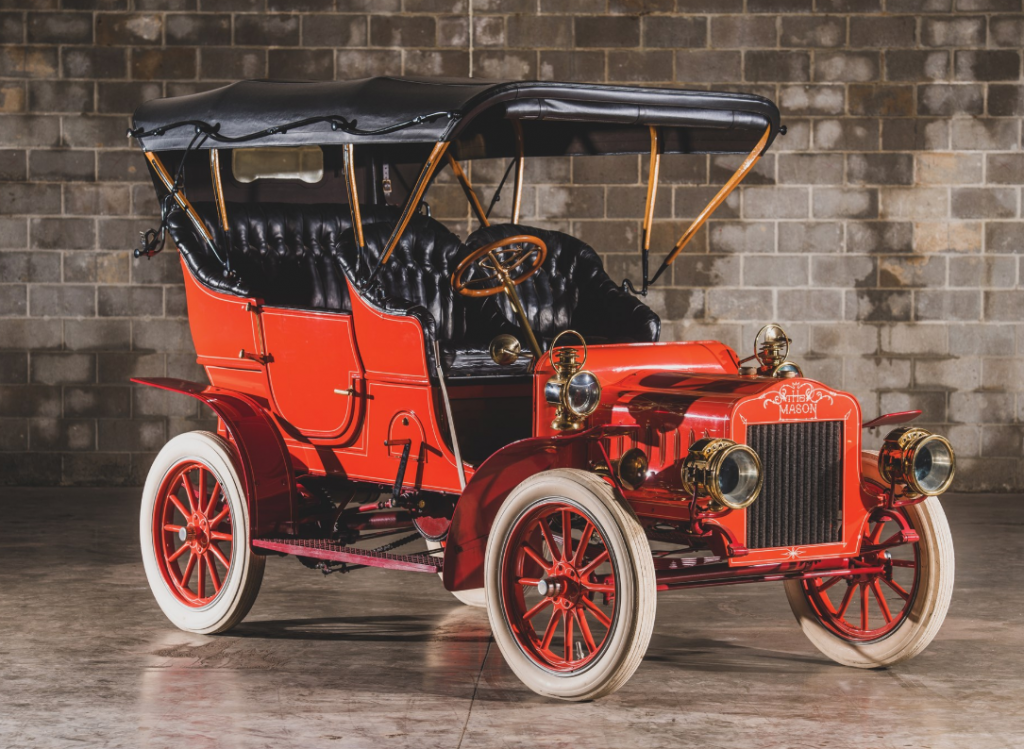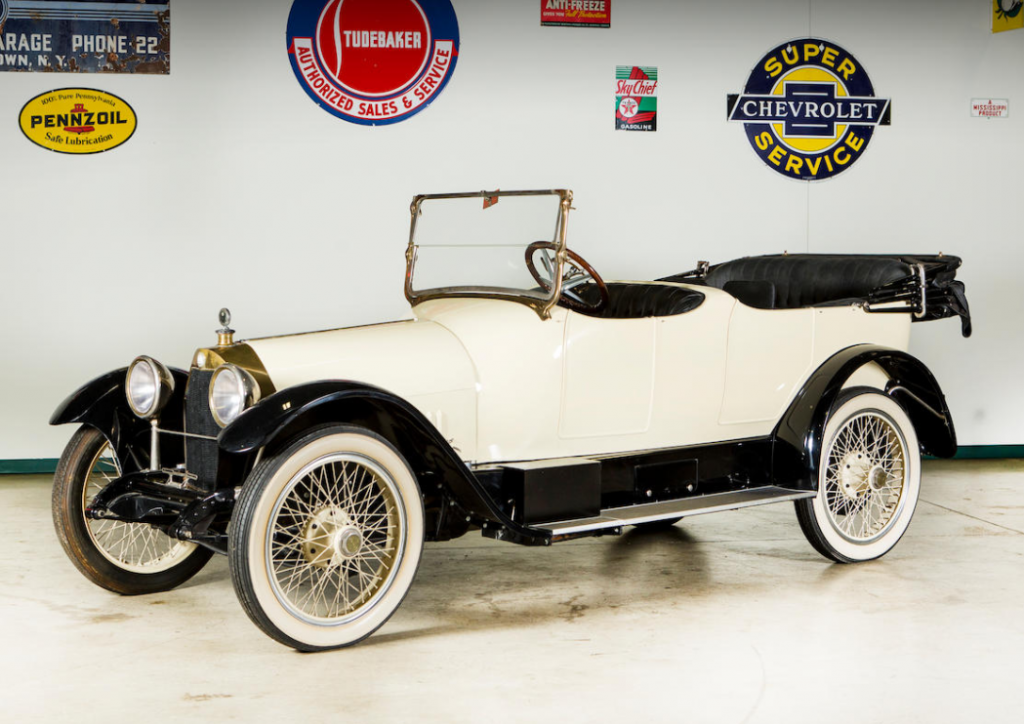1907 Wayne Model N Five-Passenger Touring
Offered by RM Sotheby’s | Hershey, Pennsylvania | October 10-11, 2019
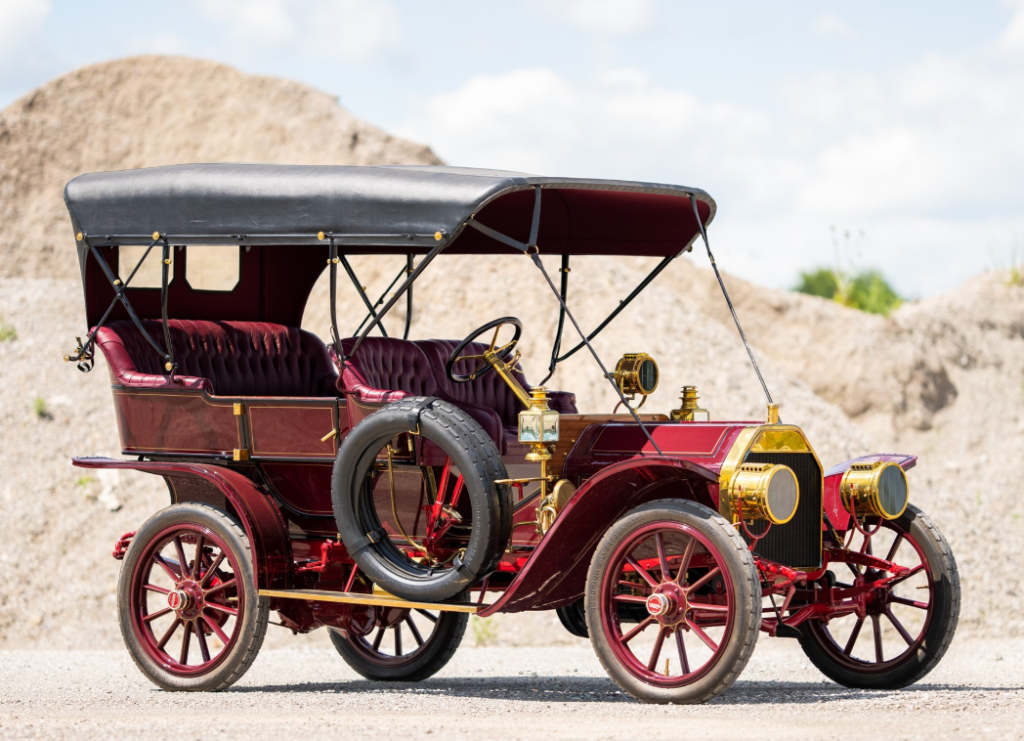
The Wayne Automobile Company was founded in Detroit in 1904 by Charles Palms, E.A. Skae, Roger Sullivan, J.B. Brock, and car designer William Kelly. They started with two-cylinder cars and eventually expanded into four-cylinder offerings before they merged with Northern in 1908.
Almost immediately after the merger, the company was acquired by Walter Flanders and Barney Everitt who turned it into E-M-F. In 1910, Studebaker acquired E-M-F and merged it into their line of cars.
This 1907 Model N is the only surviving “big Wayne,” and it’s powered by a 35 horsepower inline-four. It was acquired by the current owner in 1999, after which it was first restored. You can read more about it here and see more from this sale here.
Update: Sold $184,250.

